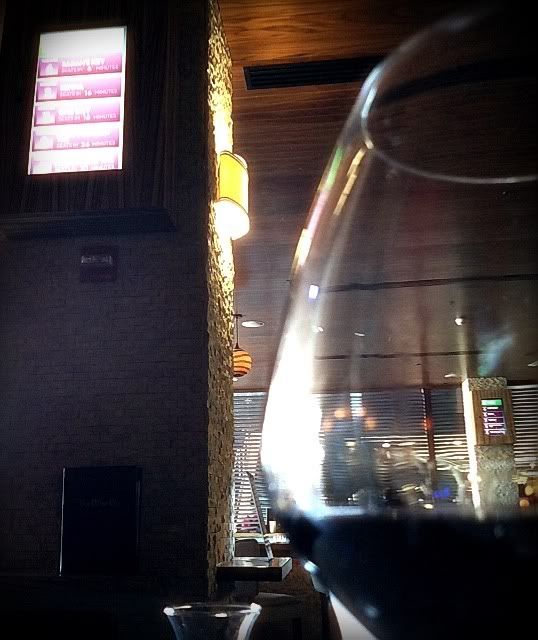Randall Grahm is credited with being the original
Rhone Ranger, a pioneer in making wine from the grapes of the Rhone Valley, as expressed through California
terroir. His affinity for Grenache is a credit to his sensibilities, and a gift to those of us who love the variety. His various efforts in the field of Syrah are, arguably, unmatched in California.
I don’t quote from press releases often, but in this case I will.
“Asked about this first vintage, Grahm commented, 'It was a different day in California, Rhône varieties weren’t exactly easy to come by and no one really knew what they were all about.' He joked, 'Could Grenache actually produce a red wine? Syrah was grown in someplace called “Côte-Rôtie. That had to be blazing hot.'
Grahm is set to receive the Lifetime Achievement Award from the Rhone Rangers on March 22, 2013. No one in California is more deserving of that honor.
These samples were provided by
Bonny Doon for review.
Bonny Doon Clos de Gilroy 2011
The fruit used for this wine does not come from Gilroy- the California town known as garlic capital of the world - and that results in my favorite of Grahm’s many puns: “Clos, but no Cigare.” It’s an homage to that tiny town that one can smell from the freeway.
The fruit - 83% Grenache, 7% Cinsault, 6% Syrah and 4% Mourvèdre - actually comes from nine Central Coast vineyards, largely the estate vineyard in Soledad and the Alta Loma Vineyard in Greenfield. The fruit is destemmed and cold soaked to improve color and flavor. Grahm calls it a cool climate Grenache with bright fruit and a hint of black pepper.
The nose is certainly bright enough, with cherry galore and a hint of tart raspberry. The savory aspect - a hallmark of Grahm's wines - comes in the form of an almost smoky mineral shading. On the palate, the cherry flavors are draped a little more heavily in that funky earthiness. A minty aspect also appears in mid palate and remains on the finish. I’m an easy touch for Bonny Doon wines anyway, but I particularly like the way this one drinks.
The winemaker notes - in Grahm's own humorous way - advise pairing with “grilled meat or vegetables, roasted poultry or the aioli platter (naturellement).” It’s also a big hit with garlic naan from my nearby Indian restaurant. The wine carries a 13.3% abv number, and 767 cases were produced - for wine club members. It is bottled under a screwcap - get over it. $18
Bonny Doon Syrah Bien Nacido X-Block, Santa Maria Valley 2009
This big, bold, 100% Syrah comes from Bien Nacido Vineyard in the Santa Maria Valley, possibly the best source for grapes in the huge Central Coast AVA. Grahm believes the Syrah clone planted in Bien Nacido’s X-Block is identical to the strain from France’s Côte Rôtie region. The cool climate of that part of the Santa Maria Valley allows full aromatic expression of that clone.
Even for a cool climate site, this is a cool vintage.
If Clos de Gilroy offers bright colors, this Syrah turns and runs from that. It's dark. Dark in color, dark on the nose - savory meat notes rival the trod-upon blackberry - and dark on the palate, with the standard Bonny Doon savory streak taken to an extreme. There is a rather refreshing acidity, and a hint of green - possibly a result of some whole cluster inclusion in this wine.
Grahm says if you pair this wine with roasted lamb, you won’t be sorry. Please decant, or at least let the glass sit for half an hour or so for full enjoyment. Under the screwcap is a 13.3% abv wine, of which 843 cases were produced. It was made for DEWN wine club members. $42
Follow Randy Fuller on Twitter












